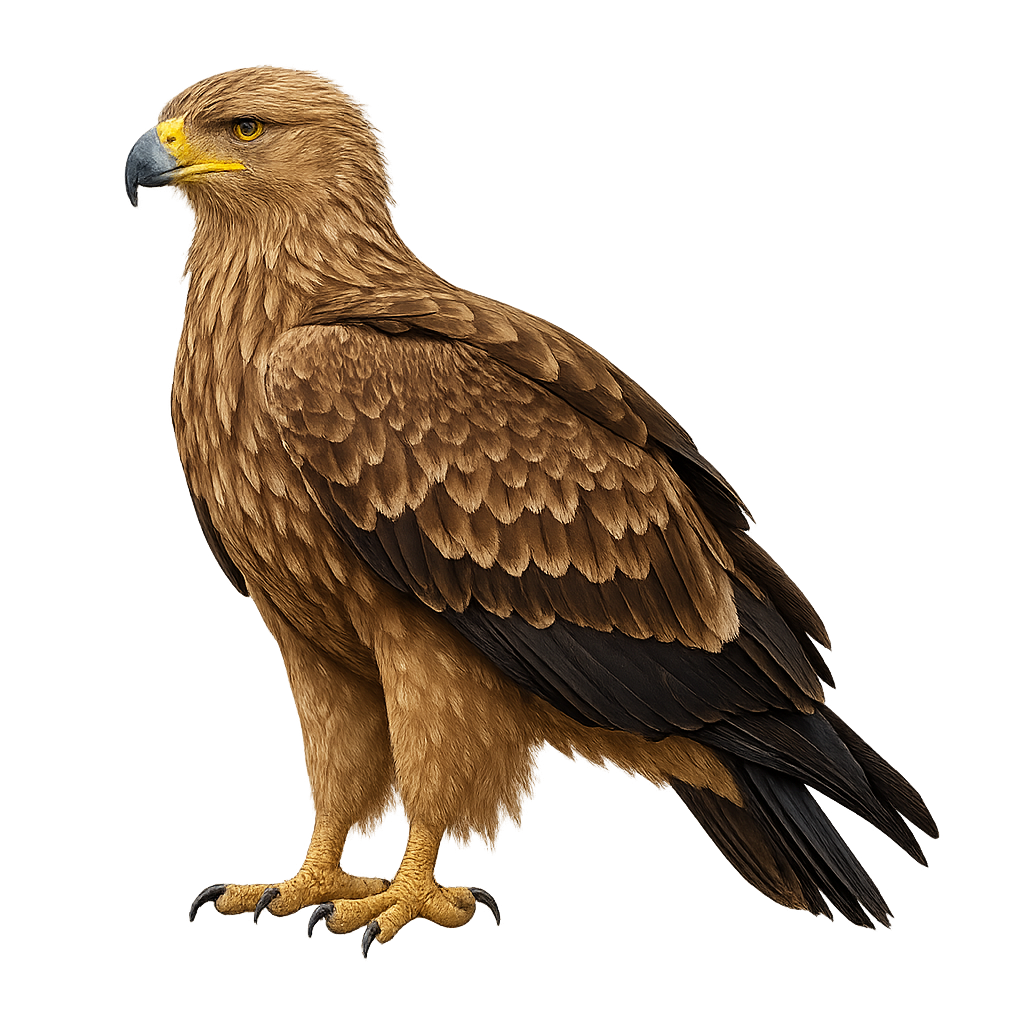Your wildlife photography guide.
Explore the eastern imperial eagle in detail, study its behavior, prepare your shots.
Where to observe and photograph the eastern imperial eagle in the wild
Learn where and when to spot the eastern imperial eagle in the wild, how to identify the species based on distinctive features, and what natural environments it inhabits. The WildlifePhotographer app offers tailored photography tips that reflect the eastern imperial eagle’s behavior, helping you capture better wildlife images. Explore the full species profile for key information including description, habitat, active periods, and approach techniques.
Eastern imperial eagle
Scientific name: Aquila heliaca

IUCN Status: Vulnerable
Family: ACCIPITRIDAE
Group: Birds
Sensitivity to human approach: Tolerant
Minimum approach distance: 50 m
Courtship display: February to April
Incubation: 43-45 jours
Hatchings: March to May
Habitat:
Forest edges, wooded mosaics and open steppes
Activity period :
Primarily active during the day, with peak activity in the morning and late afternoon.
Identification and description:
The Eastern imperial eagle is a large raptor measuring 68–90 cm in body length and spanning 1.76–2.2 m, with dark brown plumage, a pale golden head and contrasting white shoulder patches. It inhabits mature forest edges, wooded mosaics and open steppes across southeastern Europe and Central Asia, hunting primarily small mammals, birds and reptiles by stoop or soaring flight.
Recommended lens:
400 mm – adjust based on distance, desired framing (portrait or habitat), and approach conditions.
Photography tips:
Photograph the Eastern imperial eagle early morning or late afternoon from a concealed hide at a forest edge or in open steppe using a telephoto lens of ≥400 mm. Use a fast shutter speed (≥1/2000 s) to freeze its powerful flight and a shallow depth of field to isolate its dark plumage against the sky. Stay low, silent and keep ≥50 m distance.
The WildlifePhotographer App is coming soon!
Be the first to explore the best nature spots, track rutting seasons, log your observations, and observe more wildlife.
Already 1 430 wildlife lovers subscribed worldwide

